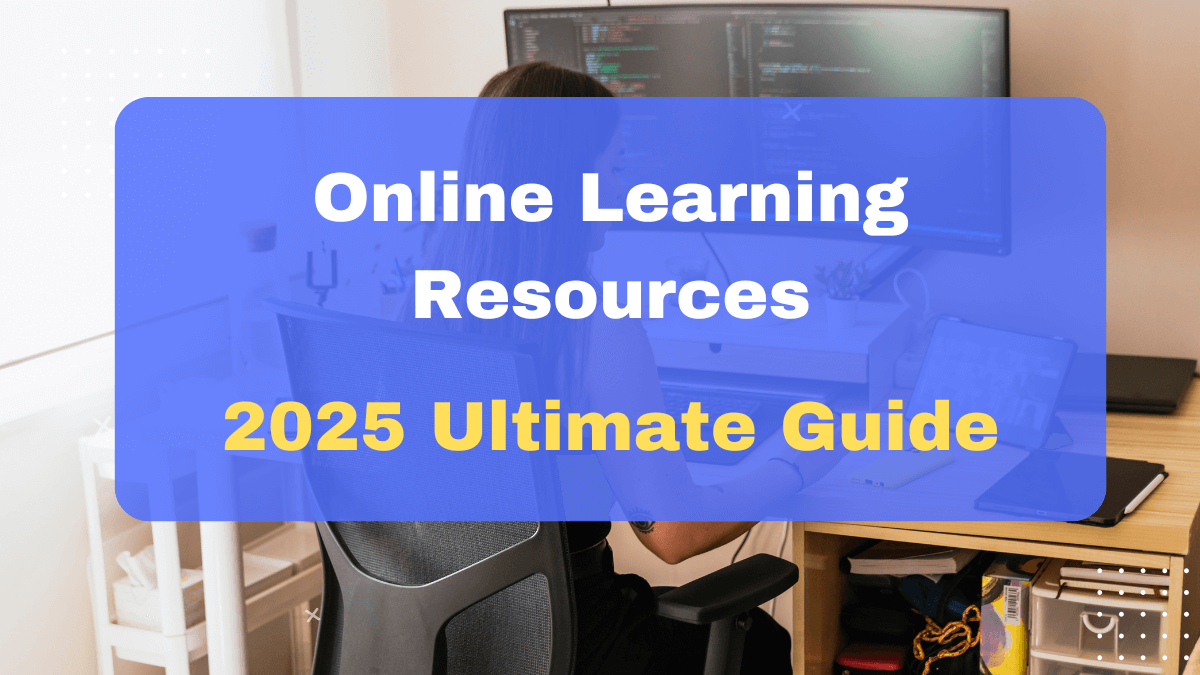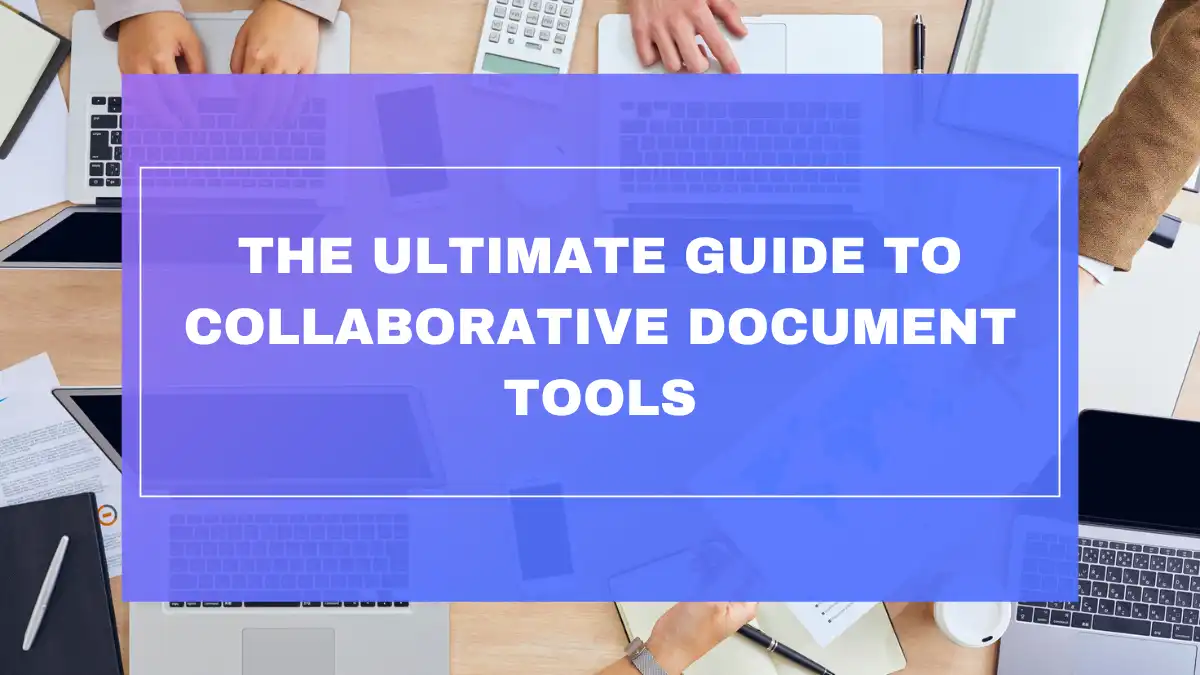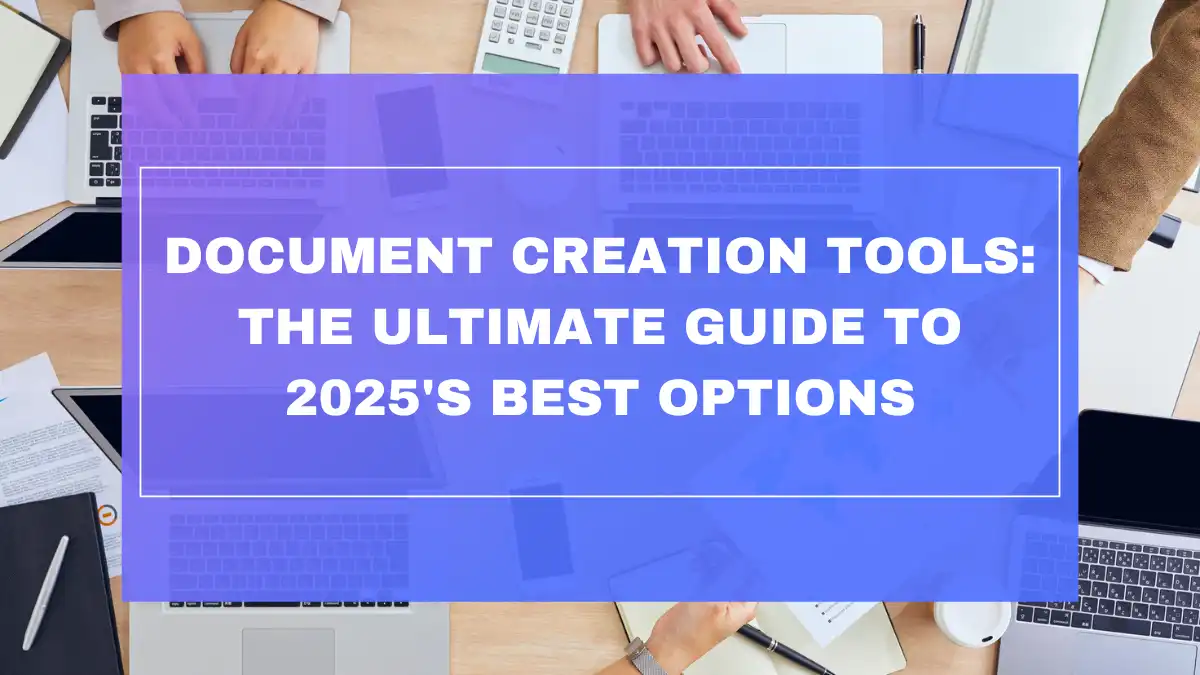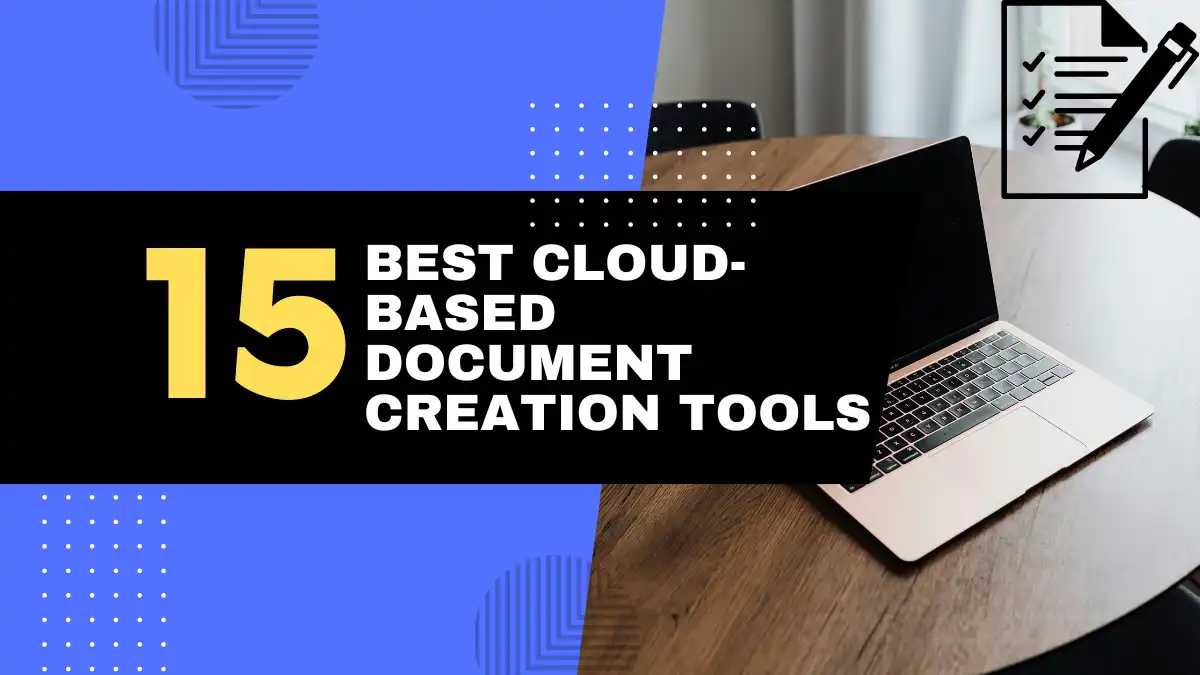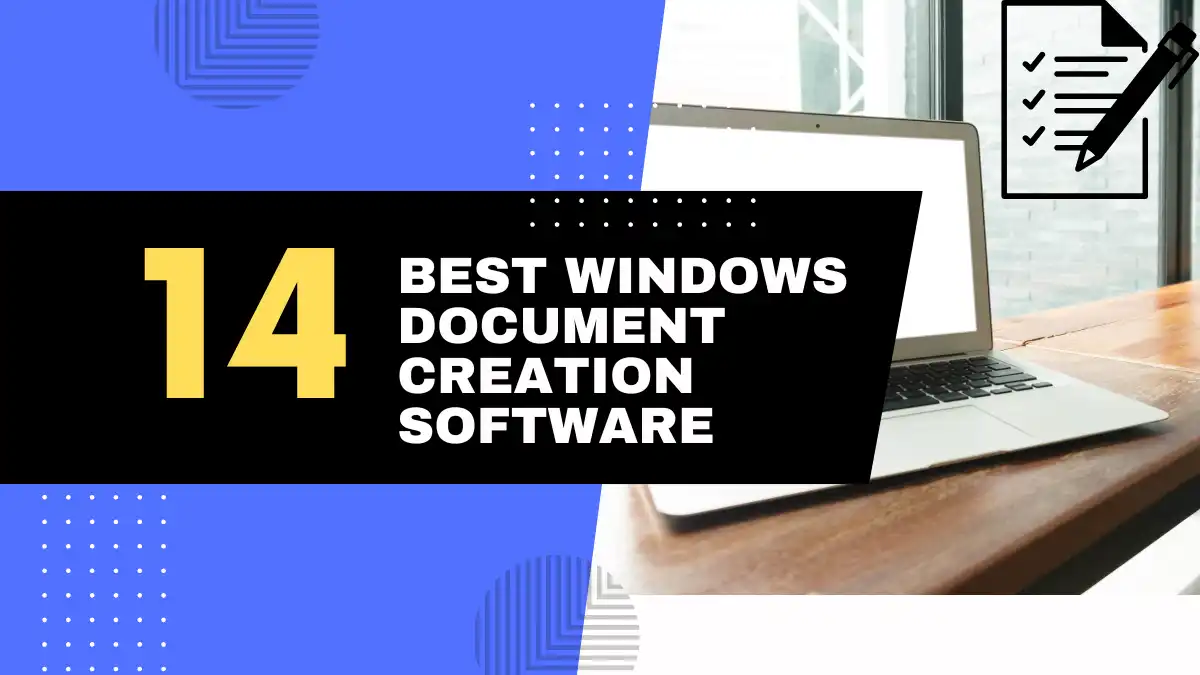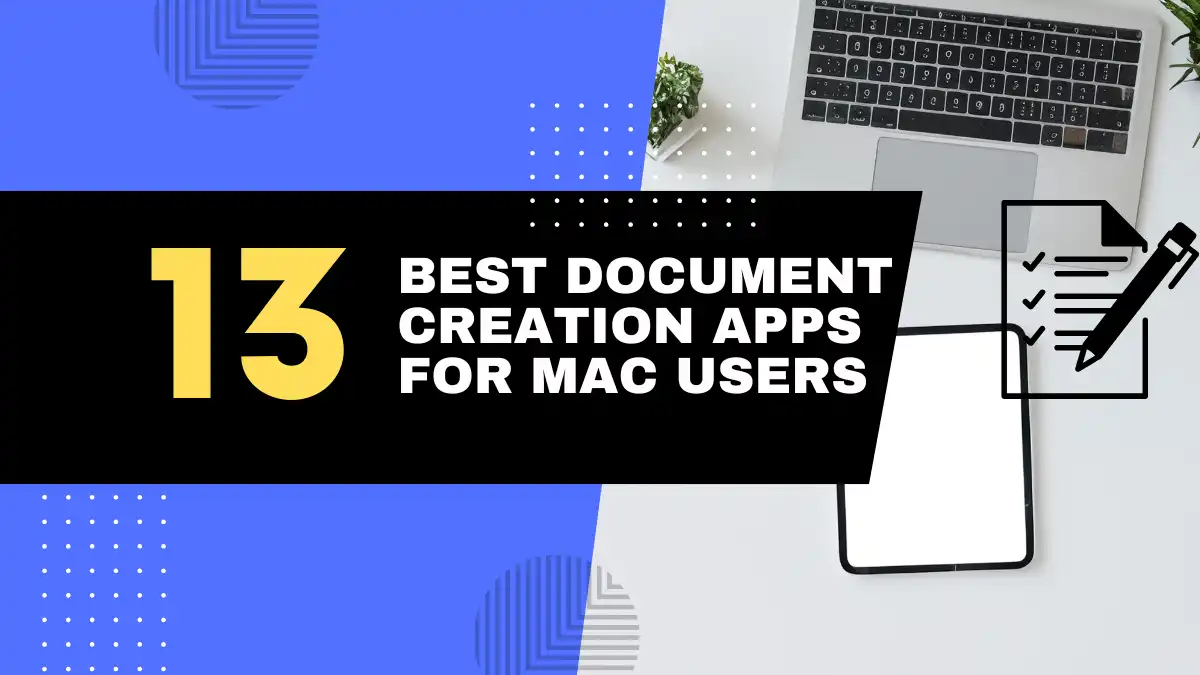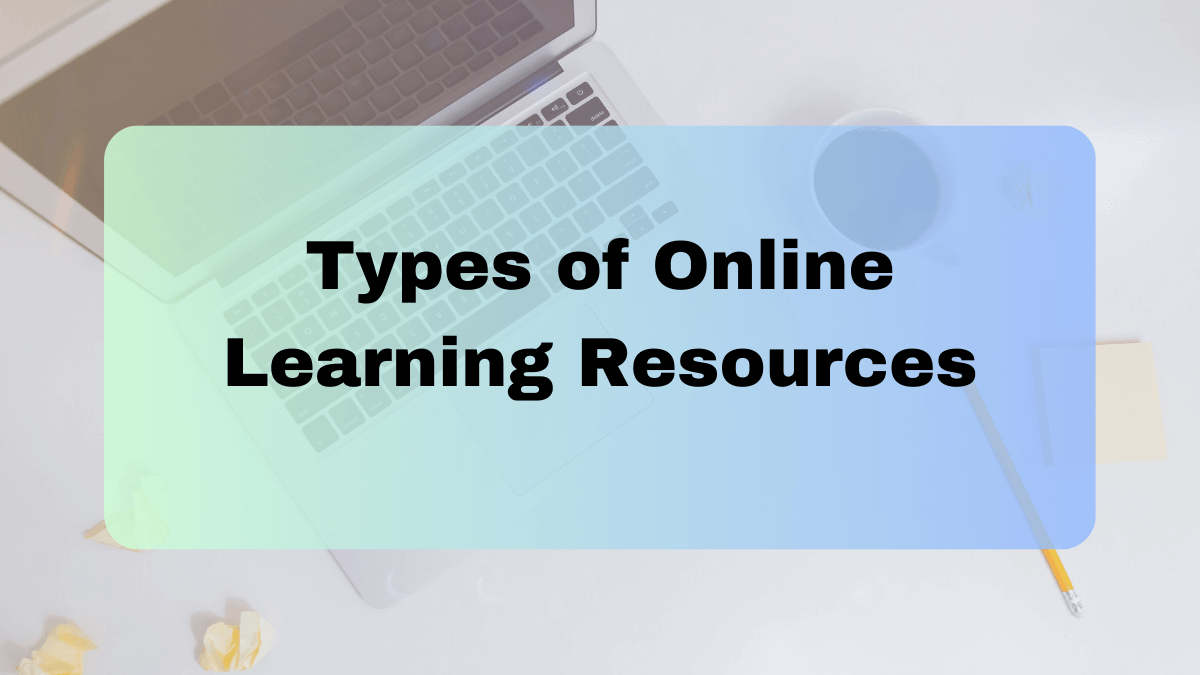
In today’s digital age, learning has transcended traditional classroom boundaries. Online learning resources offer diverse and flexible avenues for acquiring knowledge, catering to various learning styles and preferences. This article explores the different types of online learning resources, their benefits, and how to choose the right one for your educational journey.
What Are Online Learning Resources and Why Are They Important?
Definition and Explanation
Online learning resources encompass a wide array of digital tools and materials designed to facilitate education via the internet. These resources include e-books, video lessons, interactive simulations, and more, enabling learners to access information and engage with content remotely.
The Growing Importance
The significance of online learning resources has surged, especially with the advent of the COVID-19 pandemic, which necessitated remote education. These resources provide flexibility, accessibility, and a personalized learning experience, making education more inclusive and adaptable to individual needs.
Benefits Across Industries
Various sectors leverage online learning to enhance skills, improve performance, and foster continuous development. For instance, the construction industry has adopted “bite-sized” training modules inspired by platforms like Instagram and TikTok, leading to increased engagement and knowledge retention among employees. citeturn0news15
Different Types of Online Learning Resources
Overview
Online learning resources are categorized into several types, each serving distinct educational purposes. Understanding these categories can help learners select the most suitable tools for their learning objectives.
Flexibility and Adaptability
These resources cater to diverse learning styles and needs, offering flexibility in how and when learning occurs. Whether you prefer self-paced study or interactive sessions, there’s an online resource to match your learning preferences.
1. Learning Management Systems (LMS)
Definition
LMS platforms are software applications that facilitate the administration, documentation, tracking, reporting, and delivery of educational courses or training programs.
Popular Examples
- Moodle: An open-source platform known for its flexibility and customization options.
- Blackboard: Widely used in higher education institutions for course management.
- Canvas: Offers a user-friendly interface and integration with various tools.
Benefits
- Centralized Learning: Consolidates course materials, assignments, and assessments in one place.
- Progress Tracking: Allows both instructors and students to monitor learning progress.
- Collaboration Tools: Facilitates communication through forums, chats, and group projects.
2. Online Courses and Platforms
Definition and Content Types
These platforms offer structured courses on a wide range of subjects, often including video lectures, readings, and assignments.
Notable Platforms
- Coursera: Partners with universities to offer courses and certifications.
- Udemy: Provides a vast array of courses taught by industry professionals.
- edX: Offers courses from top universities and institutions worldwide.
Access Models
- Subscription-Based: Access to multiple courses for a recurring fee.
- Pay-Per-Course: One-time payment for individual courses.
- Free Courses: Some platforms offer free courses with optional paid certificates.
3. Educational Websites and Blogs
Overview
These are platforms that provide free resources, articles, tutorials, and guides on various topics.
Examples
- Khan Academy: Offers free lessons in math, science, and more.
- National Geographic Kids: Provides educational content on geography and science.
- Personal Finance Blogs: Offer advice and tips on managing finances.
Self-Learning Opportunities
These resources empower learners to explore topics of interest at their own pace, fostering a culture of self-directed learning.
4. Digital Libraries and Databases
Examples
- Google Scholar: A free search engine for scholarly literature.
- JSTOR: Provides access to academic journals, books, and primary sources.
- Project Gutenberg: Offers over 60,000 free eBooks, including classic literature.
Purpose and Usage
These platforms are invaluable for research, offering access to a wealth of academic papers, journals, and books.
Advantages for Academic Learners
- Credible Sources: Access to peer-reviewed and authoritative materials.
- Comprehensive Collections: Extensive databases covering various disciplines.
- Advanced Search Features: Tools to refine searches for specific information.
5. Interactive Learning Tools
Game-Based Learning
Platforms like Quizlet and Kahoot! use games to make learning engaging and fun.
Benefits for Engagement
- Motivation: Games can increase student motivation and participation.
- Immediate Feedback: Learners receive instant feedback, aiding in quick learning.
- Social Interaction: Many games allow for collaborative learning experiences.
Types of Activities
- Quizzes: Test knowledge in a fun, competitive format.
- Flashcards: Help with memorization and quick recall.
- Interactive Exercises: Engage learners in problem-solving and critical thinking.
6. Podcasts and Audio Learning
Role in Education
Podcasts offer an auditory learning experience, making it convenient to learn on the go.
Popular Platforms
- Audible: Provides a vast library of audiobooks and educational content.
- Spotify: Hosts numerous educational podcasts across various subjects.
- Apple Podcasts: Offers a wide range of educational podcasts for diverse interests.
Learning Benefits
- Flexibility: Allows learning during commutes, workouts, or household chores.
- Diverse Topics: Covers a broad spectrum of subjects, from science to personal development.
- Expert Insights: Features interviews with professionals and experts, providing in-depth knowledge.
Recommended Educational Podcasts
Here are some top educational podcasts that cater to various interests:
Stuff You Should Know
Hosts Josh Clark and Chuck Bryant delve into a wide range of topics, making complex subjects accessible and entertaining.
Radiolab
Explores scientific and philosophical questions through storytelling and investigative journalism.
The Tim Ferriss Show
Hosts Josh Clark and Chuck Bryant delve into a wide range of topics, making complex subjects accessible and entertaining.
99% Invisible
Focuses on design and architecture, highlighting the unnoticed aspects of our world.
The Daily
A daily news podcast by The New York Times, providing in-depth analysis of current events.
7. YouTube and Video Learning
The Power of Video
Video content enhances learning by providing visual and auditory stimuli, making complex topics more comprehensible.
Types of Educational Content
- Lectures: Detailed explanations of subjects, often presented by experts.
- Tutorials: Step-by-step guides on various skills and topics.
- Documentaries: In-depth explorations of historical events, scientific discoveries, and cultural phenomena.
How Video Enhances Learning
- Visual Demonstrations: Helps in understanding processes and concepts through visual aids.
- Engagement: Dynamic visuals and storytelling keep learners interested.
- Accessibility: Allows learners to pause, rewind, and rewatch content as needed.
Recommended Educational YouTube Channels
Here are some top educational YouTube channels that offer a wealth of knowledge:
Offers high-quality educational videos on subjects ranging from history to science.
Provides animated videos explaining complex scientific and philosophical topics.
TED-Ed
Features educational videos on a wide range of topics, often accompanied by animations.
Vsauce
Explores intriguing questions about science, mathematics, and philosophy.
Veritasium
Focuses on science and engineering topics, presenting them in an engaging manner.
8. Virtual Reality and Augmented Reality Learning
What Are VR and AR?
Virtual Reality (VR) immerses users in a completely virtual environment, while Augmented Reality (AR) overlays digital information onto the real world.
Examples
- VR Platforms: Applications like Google Expeditions allow users to explore virtual field trips.
- AR Applications: Tools like AR Flashcards enhance learning by adding interactive elements to physical objects.
Future of VR and AR Learning
As technology advances, VR and AR are expected to play a significant role in education, offering immersive and interactive learning experiences that were previously unimaginable.
9. Social Learning Platforms
Collaborative Learning
Social learning platforms enable learners to connect, share resources, and collaborate on projects, fostering a community-based approach to education.
Examples
- LinkedIn Learning: Offers professional development courses with a focus on skill-building.
- Facebook Groups: Various groups dedicated to specific learning topics or communities.
Benefits of Social Learning
- Networking: Connects learners with peers and professionals in their field.
- Resource Sharing: Facilitates the exchange of materials, insights, and experiences.
- Peer Support: Provides motivation and assistance through community engagement.
How to Choose the Right Online Learning Resource for You
Selecting the appropriate online learning resource depends on various factors, including your learning style, goals, and the subject matter. Here are some considerations to help you make an informed decision:
1. Identify Your Learning Style
Understanding how you learn best can guide you to the most suitable resources:
- Visual Learners: Platforms with video tutorials and infographics, such as Khan Academy, may be beneficial.
- Auditory Learners: Podcasts and audio lessons, like those offered by Duolingo, can be effective.
- Kinesthetic Learners: Interactive simulations and hands-on projects, available on platforms like Codecademy, might be ideal.
2. Define Your Learning Objectives
Clearly outline what you aim to achieve:
- Skill Development: If you’re looking to acquire a new skill, platforms like Skillshare offer a variety of creative courses.
- Academic Advancement: For formal education, consider platforms like edX, which provide courses from accredited institutions.
- Personal Enrichment: If you’re learning for personal interest, free resources like Khan Academy or TED Talks can be valuable.
3. Evaluate the Quality and Credibility
Ensure the resource is reputable:
- Accreditation: For formal education, check if the platform offers accredited courses.
- Expertise: Look for instructors or content creators with recognized credentials in the subject area.
- User Reviews: Read reviews and testimonials to assess the effectiveness of the resource.
4. Consider Accessibility and Flexibility
Choose resources that fit your schedule and learning pace:
- Self-Paced Learning: Platforms like Coursera allow you to learn at your own pace.
- Scheduled Classes: Some platforms offer live classes with set schedules, which may be beneficial for structured learning.
- Mobile Accessibility: If you prefer learning on the go, ensure the platform has a mobile-friendly interface or app.
5. Assess Cost and Value
Determine your budget and the value offered:
- Free Resources: Many platforms offer free courses, though they may have limited content or features.
- Paid Resources: Consider the cost and whether it aligns with the value provided, such as certification or in-depth content.
- Financial Aid: Some platforms offer scholarships or financial aid; explore these options if cost is a concern.
6. Explore Hybrid Learning Options
Some platforms offer a mix of free and paid content, allowing you to sample materials before committing.
7. Utilize Community and Support
Engage with communities and support systems:
- Discussion Forums: Platforms like Stack Overflow offer community support for learners.
- Mentorship Programs: Some platforms provide mentorship opportunities to guide your learning journey.
8. Start with a Trial Period
Many platforms offer free trials or sample lessons.
- Trial Classes: Platforms like MasterClass offer free previews of their courses.
- Sample Materials: Access free resources to gauge the quality before committing.
By carefully considering these factors, you can select online learning resources that align with your personal learning style, goals, and preferences, ensuring a productive and enjoyable educational experience.
Conclusion
The digital age has transformed education, offering a plethora of online learning resources to suit diverse needs and preferences. Whether you’re aiming to acquire a new skill, advance your career, or explore a personal interest, there’s an online resource tailored for you. By understanding the different types of resources available and aligning them with your learning objectives, you can embark on a fulfilling educational journey. Remember to assess your learning style, define clear goals, and choose reputable platforms to maximize your learning experience.

